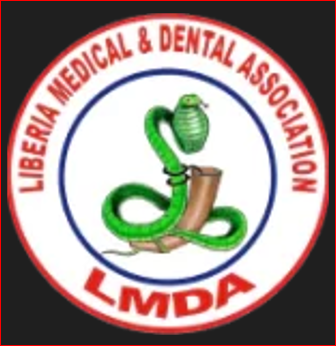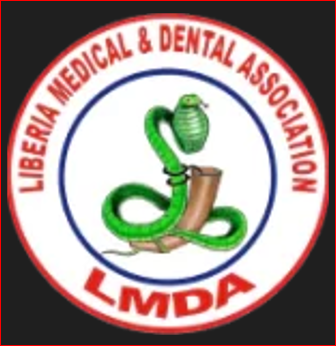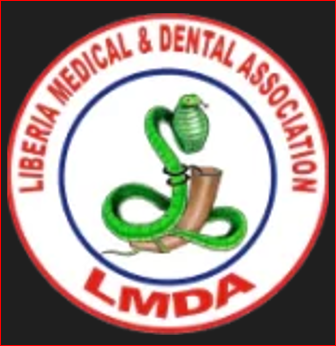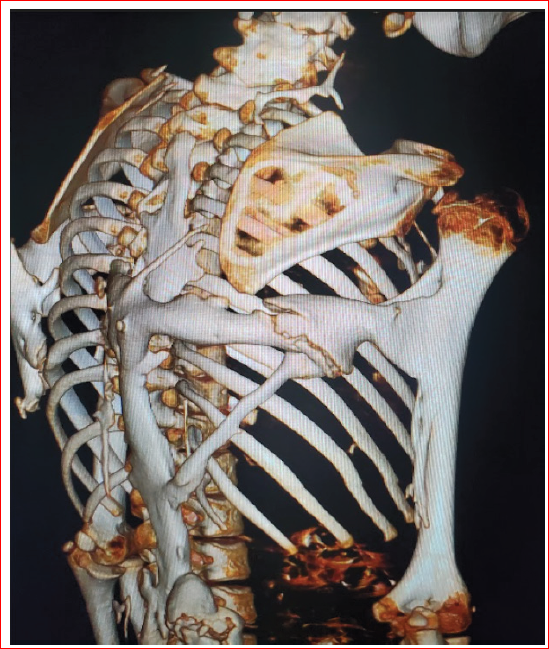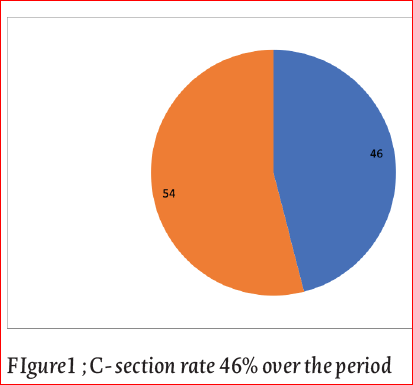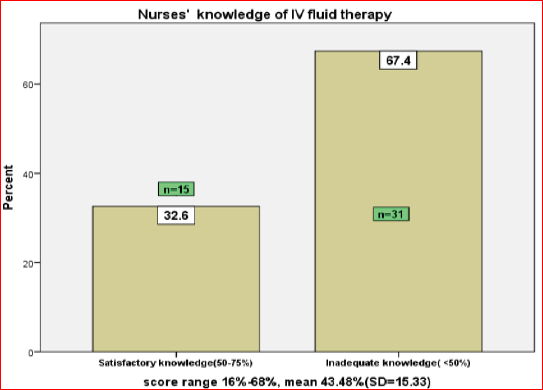Internal Medicine, Surgery
Risk Factors for Surgical Site Infection following Elective Inguinal Hernia Repair at Jackson F. Doe Memorial Regional Referral Hospital: Prospective study of 161 patients
Robe Lawrence M. Sherman1, Asaye C. Wassie2
1Assistant Professor, A. M. Dogliotti College of Medicine, UL & Liberia Postgraduate Medical College; Consultant Surgeon, Jackson Fiah Doe Memorial Regional Referral Hospital, Ministry of Health, Liberia
2Adjunct Lecturer, Liberia Postgraduate Medial College and Consultant Surgeon, Jackson Fiah Doe Memorial Regional Referral Hospital, Ministry of Health, Liberia
Corresponding Author: Asaye Wassie, email: asaye72@gmail.com, +23177785812/+231888125391
Published At January 11, 2025 | ISSN 2521-5124
Abstract
Background: Surgical site infection (SSI) is a common postoperative complication that causes significant morbidity and mortality, increases antibiotic usage, prolongs hospital stay, adds cost, and decreases patients’ quality of life and has a high disease burden in developing countries.
Objectives: The purpose of this study was to assess the incidence of SSI and to identify risk factors for surgical site infection rate among clean open hernia repair.
Methods: Non-matched Prospective randomized study was conducted using pretested structured questionnaire among 161 patients undergoing elective inguinal hernia repair at Jackson F. Doe Referral Regional Hospital, Lower Nimba/ Liberia from July 2016 to February 2017.
Results: With one month follow-up, there were 19 and 7 superficial and deep surgical site infections respectively making an overall surgical site infection rate of 26(16.15%) among the study groups, with the majority (88.46%) being detected postoperatively after discharged. The rate of surgical site infection was analyzed by patient characteristics and peri-operative variables. Analysis identified two from patient characteristics and three from peri-operative variables correlating to the occurrence of SSI; Inguino-scrotal hernia (AOR=4.40, CI:1.44-13.48, p=0.009), Blood group AB (AOR=7.03, CI:1.35-36.65, p= 0.021), Povidone iodine for skin preparation (AOR=3.71, CI:1.09-12.61,p=0.035), duration of surgery >60 min(AOR=3.34, CI=1.25-8.96, p=0.017), Residents/ medical officer(AOR=4.57, CI:1.28-16.29, p= 0.019). The mean total hospital stay was also significantly longer in patients with wound infection (p=0.0001)
Conclusion: This study identified high rates of surgical site infection. This study calls that all risk factors should be regarded as potential indicators of SSI and effective and relevant preventive measures should be taken to reduce SSI and improve outcomes.
To continue reading, subscribe today with our introductory offers
View introductory offers- No commitment, cancel anytime*
- Cancel anytime within 14 days of payment to receive a refund on unserved issues.
- Inclusive of applicable taxes (VAT)
Existing subscribers
Sign in to your accountSearch Keywords
risk factors, clean wound, inguinal hernia, surgi¬cal site infection
Supplementary Material
Risk Factors for Surgical Site Infection following Elective Inguinal Hernia Repair at Jackson F. Doe Memorial Regional Referral Hospital: Prospective study of 161 patients ( Risk Factors for Surgical Site Infection following Elective Inguinal Hernia Repair at Jackson F. Doe Memorial Regional Referral Hospital: Prospective study of 161 patients_2025-01-03_18-09-09.pdf )

